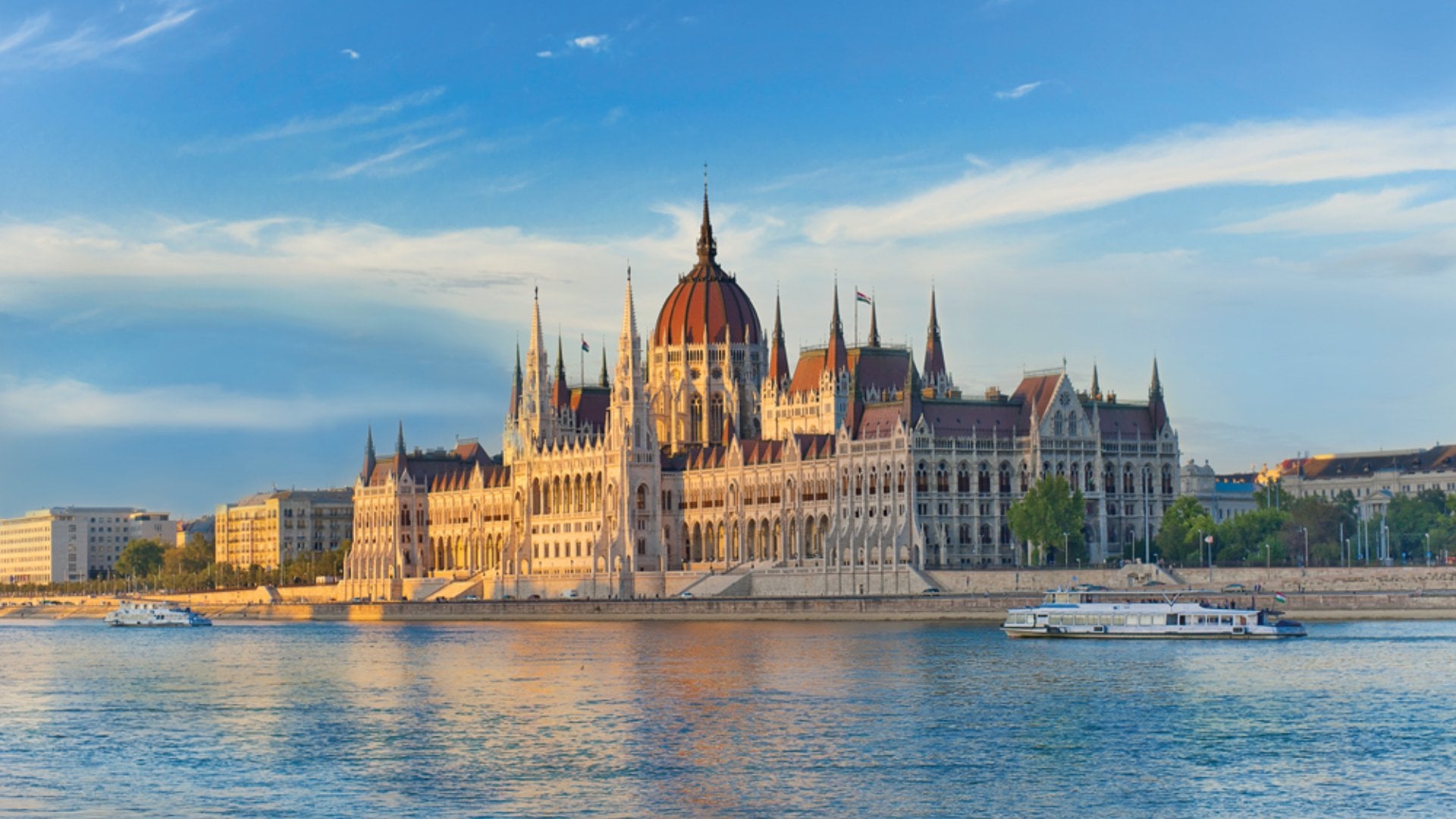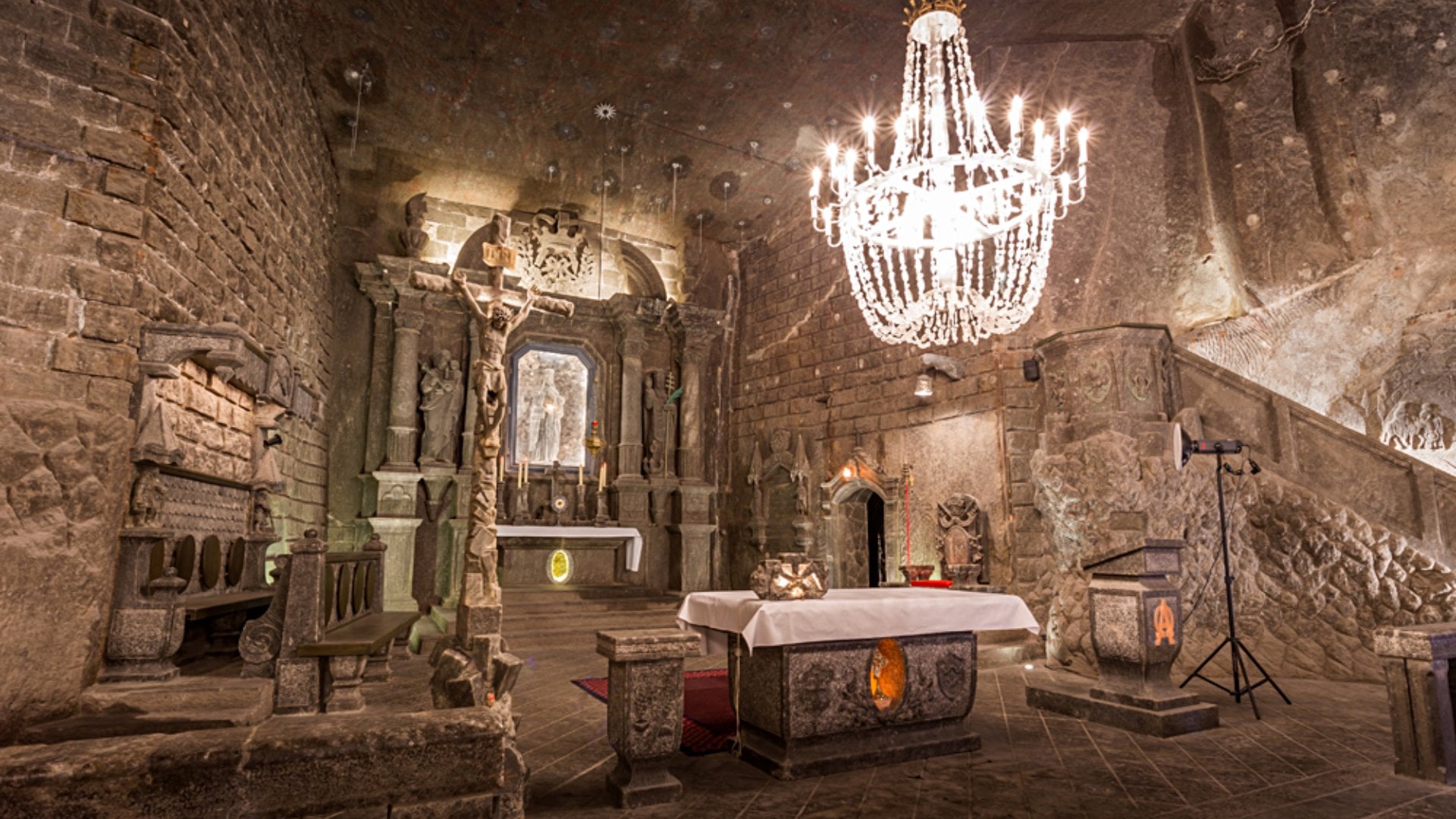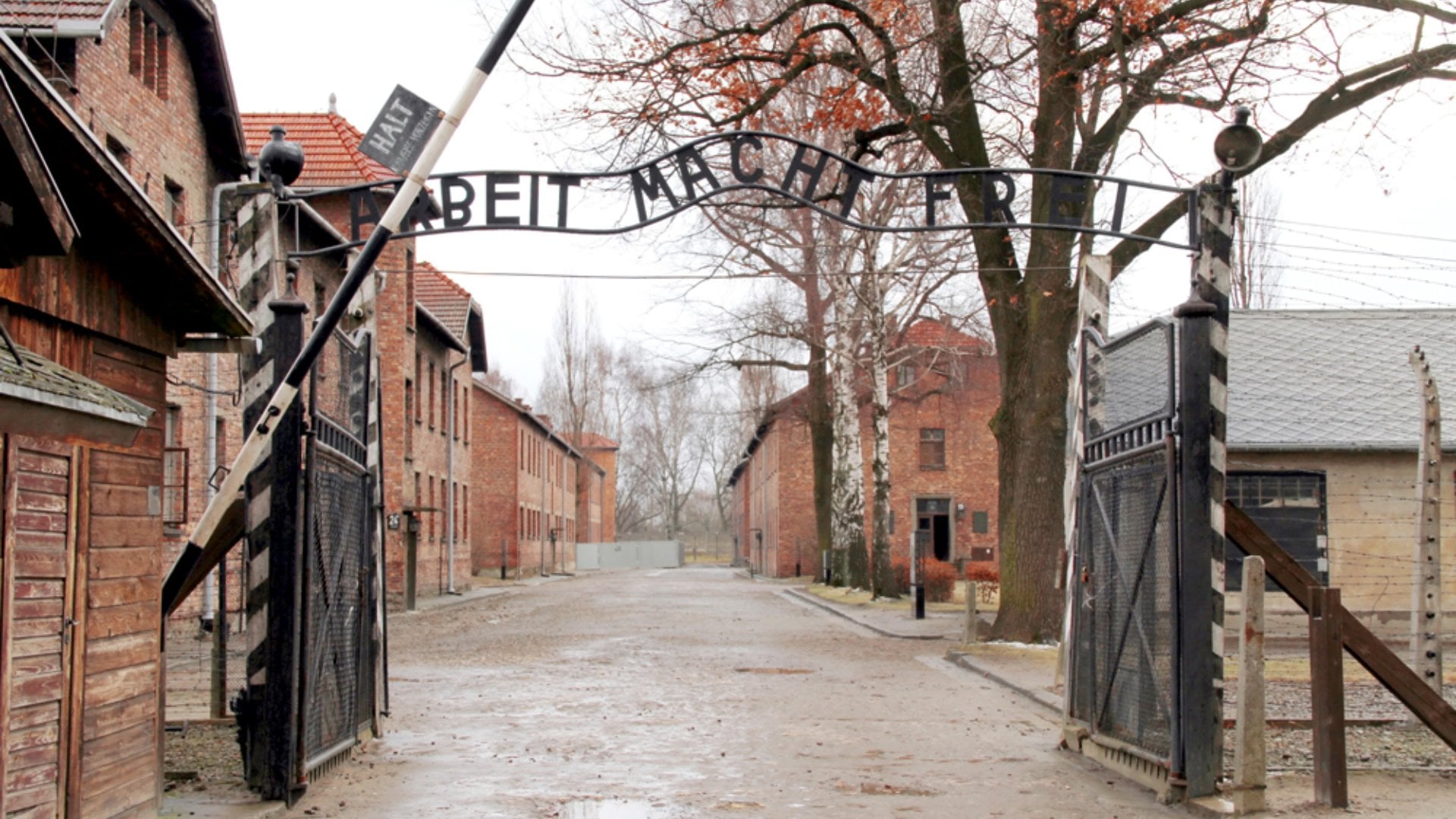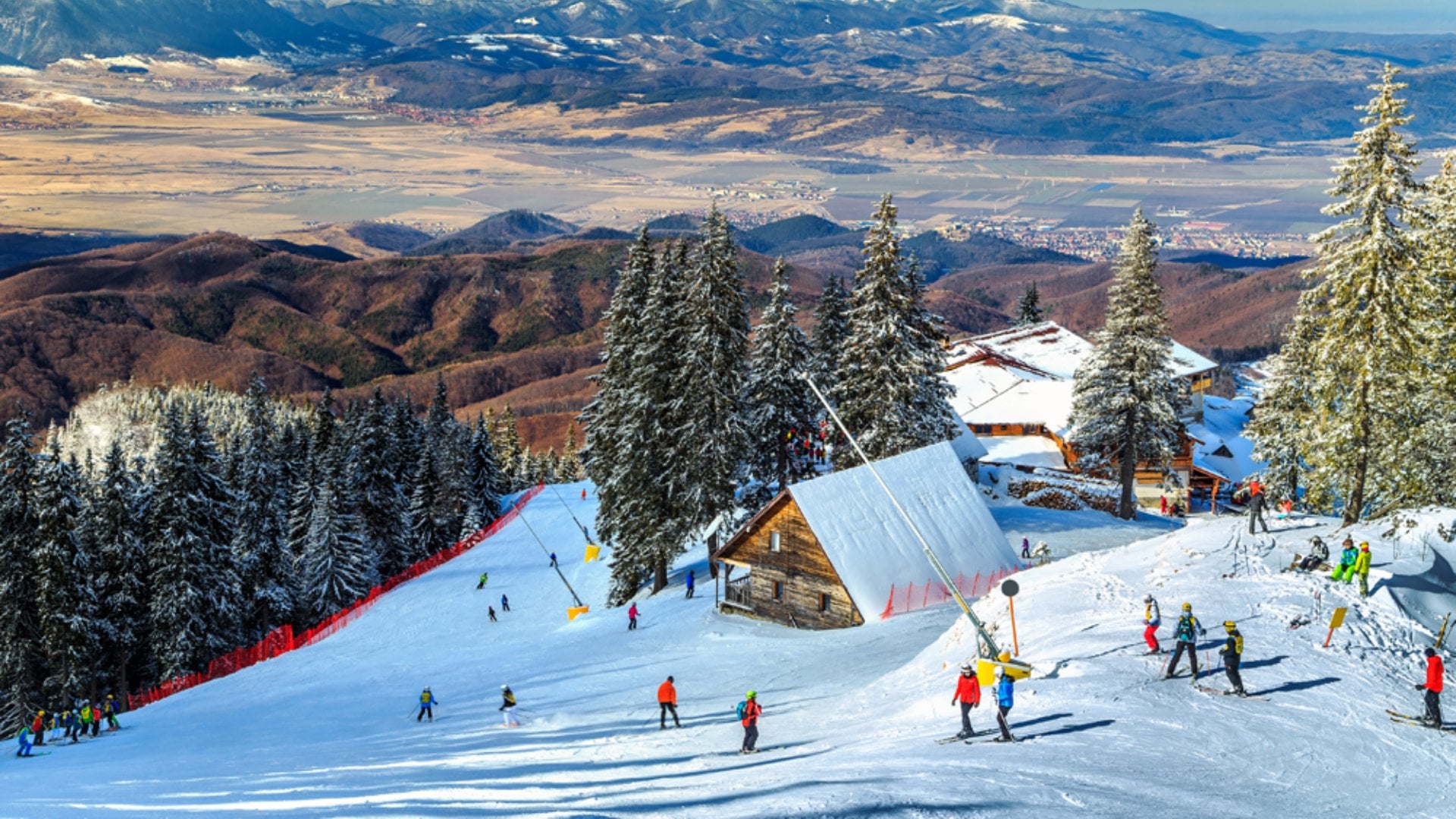Southeast Asia might have supplanted it as the backpacker’s destination of choice, but Europe is no second fiddle for first-time travellers. Poking around the British Isles or seeing the romantic centres of Paris and Barcelona are great ways to get introduced to the world of international travel. However, in the midst of visiting these amazing sites, first-time Globetrotters often ignore Eastern Europe. An Eastern Europe vacation is more affordable than one to Western Europe, and boasts the same amazing combination of history, culture, and food. It’s an excellent budget destination with a wealth of options, as no two Eastern European countries are alike.
The Remnants of the Iron Curtain
I have to believe that the predisposition to ignore Eastern Europe in favour of Western Europe is a holdover from the Cold War. Until 1991, the Soviet Union controlled everything, from the Bering Strait to the Rhine. Even if the Soviet Union itself stopped at the edge of Ukraine, the satellite states of the Soviet Bloc - Poland, Czechoslovakia, Hungary, Romania, Bulgaria, and East Germany - were effectively under Soviet domination. If the Communist leaders of Russia told these countries to implement a policy, they did. This being the case, the idea of vacationing in Eastern Europe was only something the most extreme traveller would consider. The logistics of obtaining a travel visa and making sure you didn’t fall prey to the countries’ totalitarian governments only complicated the matters. But all this has changed. The Soviet Union fell apart in 1991, breaking into its component nations like the Russian Federation, Ukraine, Belarus, and Kazakhstan, among many others. Czechoslovakia split into the Czech Republic and Slovakia in 1992. The countries began to democratize and open up their borders to the West. Later, in the nineties, many of these countries joined the European Union, allowing free and open borders for trade and tourism. East and West have become something of antiquated notions since the Iron Curtain fell. But even today, people who don’t have any memories of the Soviet Union, or who were born after its disintegration, hesitate to visit the countries of Eastern Europe. Don’t be one of those people! By all means, plan a trip to Western Europe. Go to Paris, London, and Barcelona. Eat schnitzel in Munich. Stroll between the canals of Amsterdam. Eat pizza in Naples and visit the Colosseum in Rome. Do all these essential trips that make a Western European vacation so amazing and justifiably famous. But make time for Eastern Europe too. It’s wonderful. You won’t be disappointed.

Go East for Half the Price
Traveling to Europe can be expensive. London, Paris, and Barcelona are popular destinations and popular destinations mean high prices for food and accommodations. However, you can cut your costs hugely if you travel east of the Rhine and hit up cities like Budapest and Warsaw, where tourist numbers are smaller, but the infrastructures easily accommodate visitors. Take the former capitals of the Austro-Hungarian Empire, for example. If you go to Vienna, but skip out on Budapest, you’re missing half the fun. Vienna might often be dubbed the best city in the world, but Budapest is its equal in terms of culture and character. And the prices are much more appealing in Budapest, where you can get a 4-star hotel for around 100USD a night, while the same quality hotel in Vienna will set you back at least twice that much. Budapest is the kind of city you could happily lose weeks in, wandering around its back streets and discovering new restaurants and bars, feasting on goulash, and sipping on sweet Hungarian wines and palinka. The city also boasts plenty of justifiably-popular tourist sites. For instance, it’s essential that you visit the Hungarian Parliament Building while in Budapest. It’s the largest building in Hungary and one of the largest parliament buildings in the world. It’s especially brilliant at night when it lights up and reflects across the surface of the Danube. There are also the city’s famous thermal baths, Szechenyi and Gellert, which take advantage of the natural hot springs the city is built on.

In Poland, you can enjoy the same mixture of modernism and classicism as you’d find in Germany or France. In Warsaw, you can enjoy a defiantly modern city that combines looming skyscrapers with restorations of pre-war structures. In Poland’s southwest, you can find Krakow, the most picturesque city in the country that offers most everything you would want from a mid-sized European city - gorgeous architecture, friendly people, good food, and a wealth of tourist highlights nearby. Hang out in the Main Market Square, admiring the Renaissance Cloth Hall that lies at its centre, or the twin spires of St. Mary’s Basilica in its northeast corner, or climb Wawel Hill to see its castle and cathedral. To the east of the city, you’ll find Wieliczka Salt Mine, which has been one of Europe’s largest mines since the 13th century.

Learn What the History Books Leave Out
All major European history didn’t occur solely to the west of the Rhine, although history books certainly make it seem that way. The East is as bustling with historical sites as the West. When you travel through the Czech Republic, Poland, or Hungary, you’ll find history at every turn, uncovering aspects of culture and major world events that you never knew about. While the histories of these countries might not be as familiar to Globetrotters as the histories of their Western counterparts, that only means there’s more history to discover when visiting on an Eastern Europe vacation. If you want to learn about World War II, travelling to Poland or the Czech Republic is a good place to start. West of Krakow lies the infamous concentration camp, Auschwitz-Birkenau. Although it’s one of the saddest monuments on the planet, it’s an essential visit for anyone passing through the region and offers one of the most important history lessons and moral reminders you can possibly learn. In the Czech Republic, you can visit the Museum of Communism to learn about the country’s existence under the shadow of the Soviet Union, or St. Cyril and St. Methodius Cathedral to see the memorial to the Czechoslovak special agents who assassinated Nazi commander, Reinhard Heydrich.

In Hungary, you can learn about the county’s struggles beneath fascism and communism at the House of Terror on Andrassy ut. The history conveyed inside is a little grisly, but it’s fascinating and illuminating for any Globetrotters who are unaware of the finer points of Hungarian history. Of course, the history of this massive region goes back further than the early 20th century. In Kutna Hora, about an hour east of Prague by train, you can learn about the Middle Ages as you visit the famous Sedlec Ossuary, known more popularly as the Bone Ossuary. The altars and candelabra in this chapel are constructed entirely from human skeletons, and the ossuary as a whole serves as memorial to plague victims. It’s a macabre sight, but undeniably fascinating for its bizarre artistry and connections to the past.
It’s the Home of Comfort Food
You might add on a few pounds while on your Eastern Europe vacation, but you certainly won’t be lacking when it comes to dinnertime. Food in Eastern Europe is typically peasant food, which means high in carbohydrates and thick with gravies and sauces - the kind of food farmers eat so they have plenty of energy to work all day in the fields. You won’t find the types of subtleties you will find in French or Spanish cuisine, but the food might be more comforting. While the food in Eastern Europe is not monolithic, you will find more than your share of goulash in the Czech Republic, Slovakia, and Hungary. Hungarian goulash or gulyas is the most famous, as its mixture of spicy paprika and vinegar epitomizes this versatile farmer dish. You’ll find plenty of good restaurants serving goulash in the streets branching off Andrassy ut in central Pest.

In my opinion, even better than Hungarian goulash is the Polish pierogi. These boiled dumplings are perhaps the ultimate in comfort food, with their mixture of starchy dough and savoury meat or vegetable filling. No matter how many times I ate pierogi in Poland, I did not grow tired of them, even as I had to add a few notches to my belt.
Although pierogi have been popular in North America due to Eastern European immigrants bringing their recipes over during the mid-20th century, there is nothing like having pierogi in a Polish restaurant... say a Carpathian-themed ale house in the basement of a building off the Main Market Square in Krakow. The freshness of the dough and the copious amounts of butter and sour cream served on top combine to wonderful effect. Especially great are the pierogi filled with sweets like cherries and apples, which are less common outside of Eastern Europe, but just as delicious as their savoury counterparts.
The Wealth of Europe’s Wilderness
Also noteworthy about an Eastern Europe vacation is how wild Eastern Europe is. France and Germany boast beautiful villages and manicured farmland, but there’s not much untamed wilderness to be found in the over-developed West, aside from the Alps. Turn East to find rolling hills and incredible stretches of pristine wilderness that you can explore without draining your bank account. Romania is home to the best countryside in Europe. Transylvania in central Romania is especially great, with rolling hillsides courtesy of the Carpathian Mountain range, and large animal populations due to a decades-long ban on hunting under the late communist-dictator, Nicolae Ceausescu - an accidental good to come out of his awful reign. Slovakia also boasts a lot of wilderness, with the Tatra Mountains, a range within the Carpathians, occupying the border with Poland. These mountains are great for skiing and other winter sports, making Slovakia a great destination if you’re heading on an Eastern Europe vacation in winter.

While I’ll always enjoy my time visiting Western Europe, there’s an excitement and thrill of discovery that accompanies a journey East, not otherwise found. Eastern Europe is affordable, accessible, and incredibly captivating. More Globetrotters should head East when travelling to Europe and see everything that this overlooked region of the world has to offer.
You might say that Aren was destined to become a globetrotter after his family took him to Germany two times before he was four. If that wasn’t enough, a term spent in Sweden as a young teenager and a trek across Vietnam, Cambodia, and Thailand confirmed that destiny. An independent writer, director, and film critic, Aren has travelled across Asia, Europe, the Middle East, and South America. His favourite travel experience was visiting the major cities of Japan’s largest island, Honshu, but his love for food, drink, and film will take him anywhere that boasts great art and culture.
Get Inspired
Inspire your wanderlust with our globetrotting tales.
Unlock more by subscribing to our newsletter
With our newsletter, you’ll get access to regular communications that inspire you and help you explore the world your way

